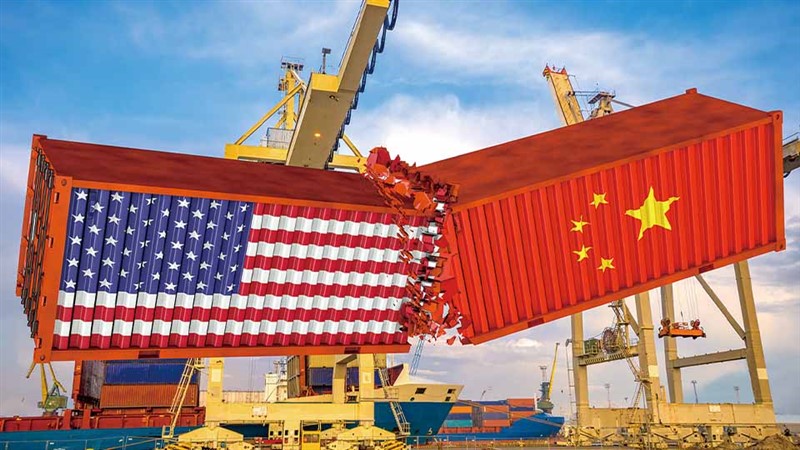Banker's Digest
2024.07
New US tariffs on China more effective than symbolic

The US announced a fresh round of import tariffs on Chinese goods with less than six months to go before its presidential elections, focusing on electric vehicles (EVs) and renewables. This move comes as the worries about China’s overcapacity and state-led innovation increase. While it is a clear move to contain China’s chip production in matured nodes, it is also about the competition and development in green tech. However, the market response has been muted as the direct impact on trade is small ($18 billion or 4.3% of total US imports from China). From the perspective of the EV sector, as the US barely buys any EVs from China, the immediate impact on Chinese EV makers is minimal. Although exports have become more important for Chinese EV battery producers, their income source has been diversified. Regarding the US’ reliance on China’s EV supply chains, however, especially in batteries, it is a different story. In 2023, the US imported 71% of Li-ion battery directly from China. This justifies the stark contrast between the tariffs on the two products (25% to 100% for EVs, but only 7.5% to 25% for EV batteries). It is unlikely the US can find alternative sources immediately even with help of South Korea and Japan. The tariffs on solar cells may not bring immediate impact, either. Although China is a big producer, the US only forms 0.8% of China’s solar cell exports. The reason is the tariff the Trump administration initiated on solar cells and panels in 2018, which was then extended by the Biden administration in 2022. Given the minimal base, the tariff hike itself is not expected to cause any material impact on the direct trade. However, from a long-term perspective, the tariffs may signal a tougher stance by the US amid the upcoming presidential elections and the emphasis by China on “new productive forces”. While China may not export a considerable amount of EVs to the US right now, the move limits the future growth potential, as the US is a very important end market. Also, it should be watched that how tough the US government will be when scrutinizing different arrangements or production lines of China in third countries. The tariffs may likely fuel the worries about state-led innovation and overcapacity in more countries. The ripple effects may be substantial, especially if the European Union (EU) and China react. The EU’s response is crucial as it is China’s second largest export market by region. However, the EU will likely follow the US but with hesitation and moderate measures for a few reasons. First, the EU has a strong commitment to green transition. As China plays a leading role in green tech, any trade restrictions can hurt the EU’s carbon neutrality goal. Second, Europe may still choose to file trade dispute cases through the World Trade Organization (WTO) and undergo evidence-based due diligence process. This is different from the US, who has increasingly relied on bilateral measures and has disregarded the function of the WTO. Third, it is economically complicated as China is also the largest market for many European producers. China’s potential retaliation can be a concern given its role in global demand and supply. Due to the limited direct impact of the US tariffs on Chinese EV producers, China’s response is also understandably to be contained. However, China will closely watch the response from other countries. It will likely take a targeted approach in imports with small damage to itself or exports with large global reliance on China. After the US’ announcements, China launched an anti-dumping probe into polyoxymethylene copolymer imports, which is widely used in electronics and cars. China will closely look at third countries, including Europe and other ASEAN, to assess the following repercussions. Still, China will continue to invest in the Belt and Road Initiative. Realizing the uncertainties in accessing the western market, China will have to prepare for shifting to the Global South as a solution to absorb its existing capacity, which has become very important for its sustained manufacturing growth. Of course, the response from the emerging markets will also be important to watch. They are not only potential markets for Chinese EV and solar cells, but also overseas production sites to achieve global export expansion. In this regard, the US’ potential scrutiny over China’s overseas production will be a major issue. The Global South is also not immune to China’s overcapacity. From India to Latin America, there are more pressure to impose tariffs on China’s exports with a wide product range, such as green tech and steel. Therefore, the probability of a broader trade war is clearly rising due to the concern about overcapacity risk in China, which will bring potential consequences on top of trade. Moving forward, additional measures from trade remedies to currency devaluation competition cannot be ruled out. In any case, more time is needed to assess the world’s reaction to Biden’s tariffs, including that of China.



